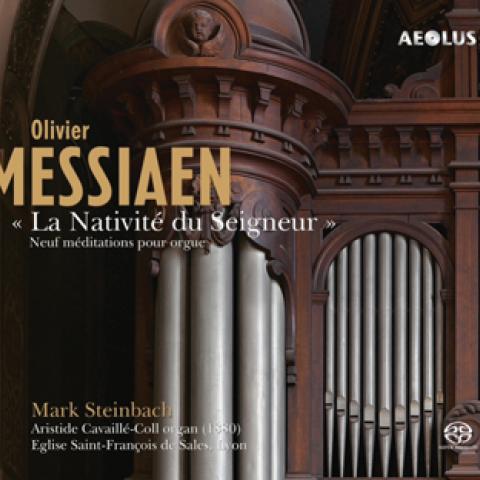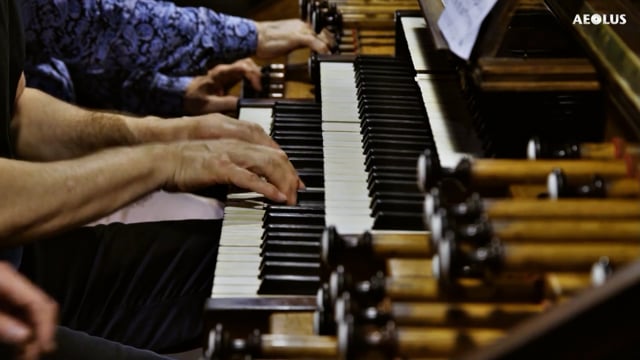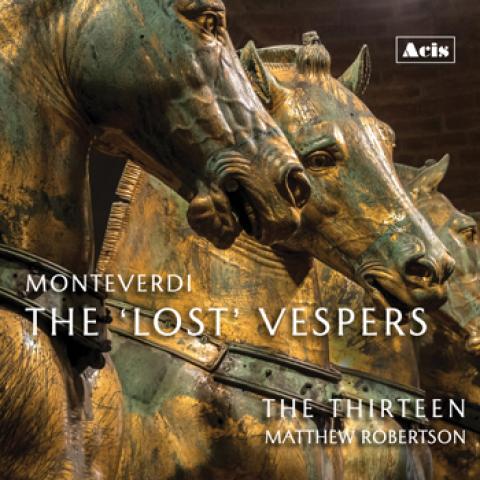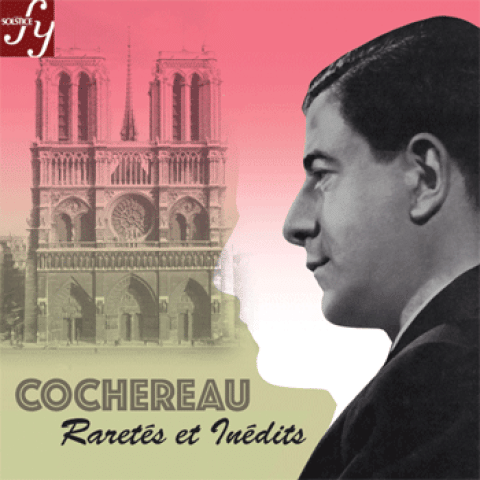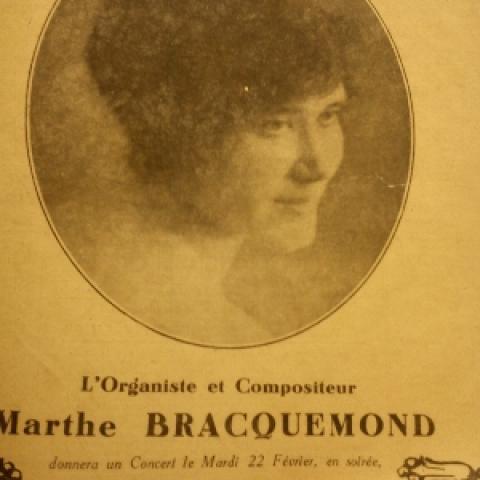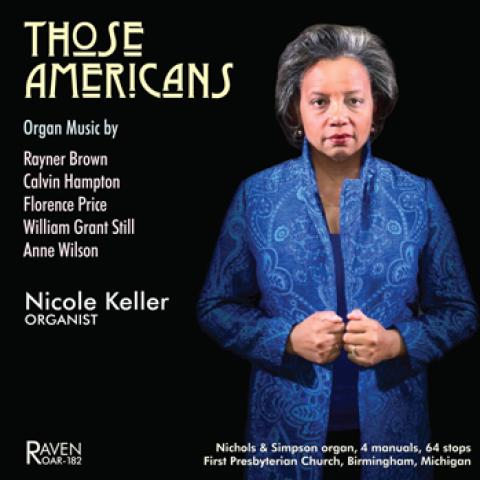
Solstice announces a new organ recording, Cochereau: Le Disque du Centenaire (SOCD 409), marking the 40th anniversary of the death of Pierre Cochereau and the centennial of his birth.
Recorded at Notre Dame Cathedral of Paris, France, selections include Cochereau’s Suite rhapsodique improvisée sur “Ave maris stella,” Variations improvisées sur “Frère Jacques,” Improvisation sur le noël “Laissez paître vos bêtes,” and Aus tiefer Not schrei’ ich zu dir, BWV 686, of J. S. Bach.
For information: solstice-music.com.
Other recent recordings:
Mark Steinbach: La Nativité, Messiaen

